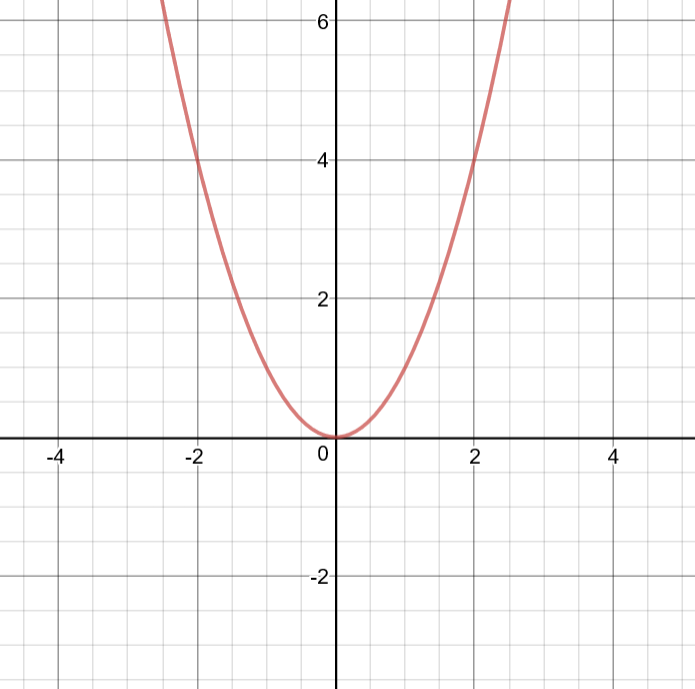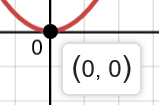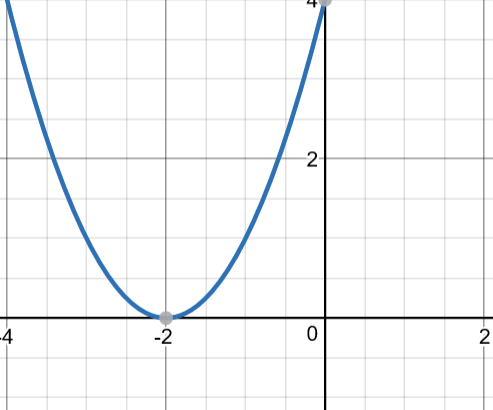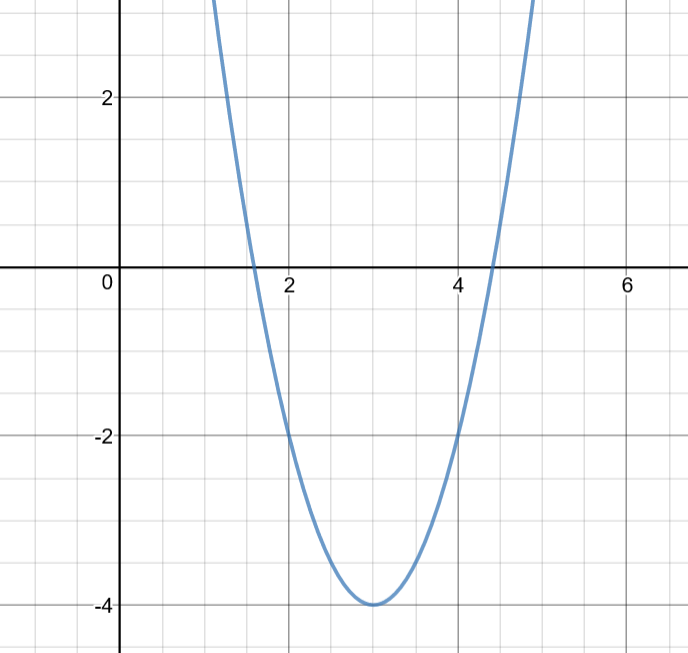Hello! In this blog post, I will talk about and analyze Newton’s Three Laws of Motion and apply them to real-life situations.
This post will be divided into three parts: First Law, Second Law, and Third Law.
Section I: Newton’s First Law of Motion
Newton’s first law of motion states that a body or an object at rest will remain at rest, and a body or an object in motion will remain in motion, unless acted upon an outside force.
This law is typically called the law of inertia. So what is inertia?
It is the tendency for all the objects to resist change in their states of motion. It is dependent on mass.
So what does this all mean?
It means that any object has a tendency to not change what their state it: whether they are moving or at rest. All objects resist a change in their motion. If they are in rest, they will remain unmoving, and it they are moving, then they will not stop moving. Unless, they are overcame by an outside force.
Let’s take a look at this example to understand it a little better: a pushed, moving cart.
Let’s recall what inertia is: the tendency of an object to resist change in motion.
As we can see in the video, the cart was in rest, however it was pushed by an outside force and moved. After that, it went back to rest (not moving) again.
So, how exactly does the law apply to this situation?
Remember that every object resists change in motion. Even though the cart was moving, but due to the cart’s natural state (at rest), it will continue doing that. And when the cart was pushed, then it will move, and it will keep continue moving.
But wait, didn’t the law state that if an object is moving, then it will continue to move? Then, why did it stop moving?
Well, this law works the best when there is no friction. This is one of the exceptions for this law. The object can’t keep moving on forever on a surface with friction, because the friction will oppose its movement. Like what we saw in the video, it stopped moving exactly because there was a force opposing it. Hence the law, “the object will continue what its doing unless an unbalanced force acts upon it.”
Section II: Newton’s Second Law of Motion
Newton’s second law of motion states that if an unbalanced force acts on a body, it will accelerate.
This law should be easy to comprehend, because we already know this in our heads unconsciously. We know that we should not kick a big rock like we kick a soccer ball, right?
Why? Because it’s heavy.
So what does this mean? Well, the greater the mass of the object, the greater the force needed to accelerate it.
Mathematically, it can also be expressed by this:
-acceleration is directly dependent on the unbalanced(net) force and it’s inversely dependent on the mass of the object.
**Don’t forget, Fnet is the sum of all forces acting upon an object!**
So basically, a is acceleration; m is mass; Fnet is the unbalanced force.
we can also say:
For a deeper understanding, let’s look at this video.
As we can see here, we have two objects: a mouse and a popsicle stick.
We all know that the mouse is a lot more heavier than the stick. And as said earlier, more mass means more force needed to accelerate it.
Now, as seen on the video, when both of them was flicked, the popsicle stick moved away faster and farther than the mouse.
So how does the law apply to this? Well, since the popsicle stick had less mass than the mouse, it accelerated faster with less net force needed. On the other hand, the mouse needed more net force to accelerate it.
This law won’t always work on something that is moving uniformly (constant speed), because it has no acceleration. Why? Well, since acceleration is directly proportional to the net force, if there’s no acceleration, then there are still forces acting upon it, but the forces are balanced with one another.
Another perspective is looking at the formulas. Since Fnet = ma, if your acceleration is 0, then there’s no Fnet.
Section III: Newton’s Third Law of Motion
Newton’s third law of motion states that for every action, there is an equal and opposite reaction.
The law itself is pretty much self-explanatory. So, for every movement or action, there will be an action and a reaction.
Now, let’s take a look at this video of a ball dropping and bouncing off the floor.
Assuming that the ball was dropped, the ball pushes against the floor, whilst the floor pushes against the ball with an equal amount of force. And that’s the first part of the law, “equal reaction.”
The opposites reactions would be the same, but in different meanings.
Action: The ball pushing down against the floor.
Reaction: The floor pushing up against the ball, making the ball bounce, which makes an opposite reaction.
Thank you! 🙂










